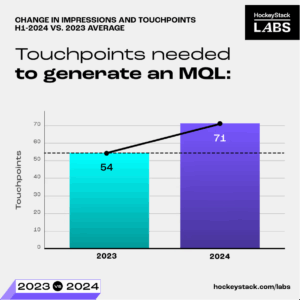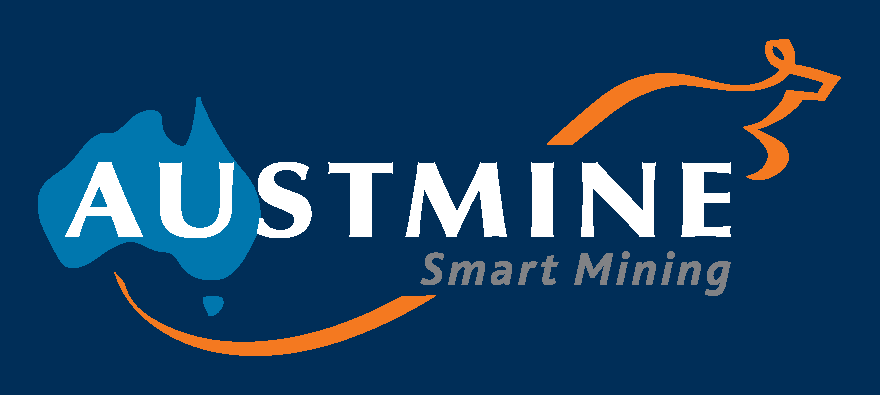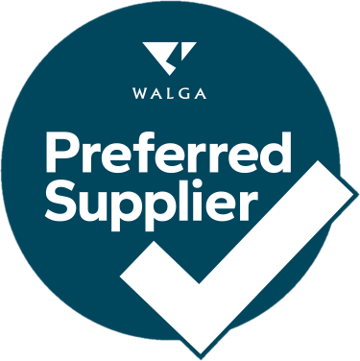As part of a regular content series from our experienced global leadership team, Gabi Woodbridge, Business Director, Queensland, shows us why marketing really is a contact!
I’m a NSW born girl, living in QLD. During the State of Origin, Queenslanders go a bit rugby mad – it was even featured in an episode of bluey (yes, I watch a lot of that as a twin mum). I’m not a huge rugby fan and a bit of a ‘fence sitter’ on who I want to win. However, what does strike me is how similar the strategy of winning in rugby mirrors that of winning in marketing.

Stay with me, if you want to understand how much to invest in marketing, think about your business as a footy team gearing up for State of Origin. Whether you’re backing the Blues or the Maroons, one thing’s certain: the team that makes the most tackles and plays the smartest game tends to win. Marketing works the same way.
Too often, business leaders look for silver bullets or one-off campaigns to fill their pipeline. But marketing is a contact sport. It takes consistent effort, multiple touchpoints, and tactical finesse to move a lead through the funnel and over the try line.
Let’s break down what it takes to convert a deal—from the first impression to a closed contract—and why that journey is lengthening, especially in the Aussie B2B space.
The Touchpoint Game Plan: From Impressions to Revenue
For a typical Australian small business with $1 million in annual revenue and an average deal size of $25,000, here’s what the journey often looks like:
1. 894 LinkedIn Impressions: Before a prospect even clicks on your website. That’s up 23% from last year.
2. 71 Touchpoints to Generate an MQL: Think of these as taps on the shoulder—ads, blogs, social posts, emails. This is when marketing thinks there’s enough purchasing intent to let the forwards (sales) take it from here for the tackle.
3. 96 Touchpoints to Progress to SQL (sales qualified leads): Once they raise their hand, you’re not over the line yet. This is where the buyer committee starts entering the fray.
4. 99 Touchpoints to Closed Won: Even when you’re in the final stretch, you still need solid execution. Once you’ve made that tackle, you still need to cross the try line. And in the case of CLTV – convert the try to become a higher value ROI.
5. 2,878 Impressions and 266 Touchpoints in Total: That’s what it takes on average to score a conversion to closed/won in 2024.
So, if you only budget for one campaign or a few hundred impressions, you’re fielding a side with half a team and expecting to win the game handicapped. Bad news is, the bigger your deal size or business size – the more difficult this conversion becomes and the more volume you need – despite larger budgets being a scarce resource in a more competitive market.


Calculating Investment: How Much Should You Spend?
Let’s use simple math. Say you want 10 new deals this quarter:
• You’ll need 10 x 2,878 = 28,780 impressions
• You’ll need 10 x 266 = 2,660 touchpoints
Assuming a CPL (cost per lead) of $150, and a 30% MQL-to-sale conversion rate (the average for top-performing B2B marketing teams), you’ll need around 33 MQLs to close those 10 deals. That’s a minimum marketing spend of $4,950, not including content creation or retargeting costs or the marketing manager you need onboard to optimise this for you.
Why It Matters: Contact Quality vs. Quantity
Like in Origin, not every hit counts the same. An exceptional player, executing a flawless tackle can change the momentum of a match. The same goes for marketing. It’s not just about getting seen—it’s about being remembered.
Investing in:
• Smarter ad formats (beyond static images)
• More relevant messaging (targeting SMEs vs. general consumers)
• Better conversion paths (optimised landing pages and nurturing sequences)
These all combine to reduce your cost per lead and increase conversion velocity, making every tackle you make more effective.
CLTV: Don’t Just Stop at the Try Line
Winning the customer is one thing. Retaining and growing their account, or ‘converting the try’ is where the real value is. Many businesses forget to factor in Customer Lifetime Value (CLTV) when setting their budgets.
If your average client renews annually and adds new services, that $25K deal could be worth $75K over three years. Suddenly, a $5K acquisition cost doesn’t seem so steep.
Final Whistle: Budget Like a Champion
If you’re serious about growing your business and giving your BD team the support they need, marketing isn’t optional. It’s the groundwork, the support play, the unseen tackles that create the space for tries – it’s the training for your business before they play the game of closing a deal.
Marketing is a contact sport. Make the hits count. Play the long game. And invest like you want to win the series.













